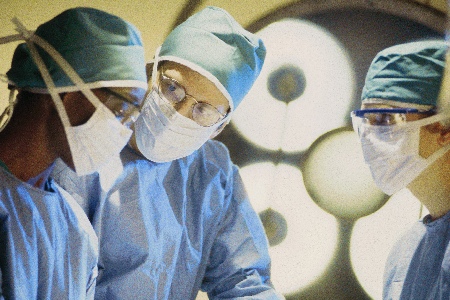There are several options that your doctor can recommend to treat spinal stenosis. The treatment usually combines more than one type of therapy. For example, medications can be combined with physical therapy. Let's look at some of the non-surgical therapies one by one.
1)Medication: there is a wide variety of medications to relieve inflammation, pain and muscle spasm. Although some drugs are over-the-counter, it's not good to combine them with medications prescribed by your doctor, unless he or she allows it. Like prescription drugs, over-the-counter medications can cause serious side effects.
2)Injections: The most common type used to help relieve the symptoms of spinal stenosis is the epidural injection. This type of injection places the medication (usually a steroid) in the space around the specific nerve roots (the epidural space). The medication helps reduce inflammation and the sharp pain radiating from the arms and legs. Generally, a treatment of three injections is administered over a period of several weeks.
3)Physical therapy: Generally, inactive therapy is combined with therapeutic exercise.
4)Inactive therapy includes heat or cold compresses, ultrasound, electrical stimulation, and massage. These treatments help to prepare the patient for active therapy by relaxing tense muscles and relieving pain or discomfort.
5)Therapeutic exercise includes stretching and prescribed exercises to help stabilize the spine, improve strength and endurance, and increase flexibility.
6)Minimally Invasive Surgery, of whatever kind, is a serious decision. Our doctors at the Harley Street Hospital will take the time to explain in detail the surgical options you have. Some patients need surgery on the spine to treat the symptoms caused by spinal stenosis. The purpose of surgery is to relieve pressure on the spinal cord and nerve roots. This is achieved by enlarging the spinal canal and/or the neuroforamen. The type of surgical procedure performed depends on the type, location, and cause of the spinal pathology. 95% of our cases are usually treated without surgery.



















